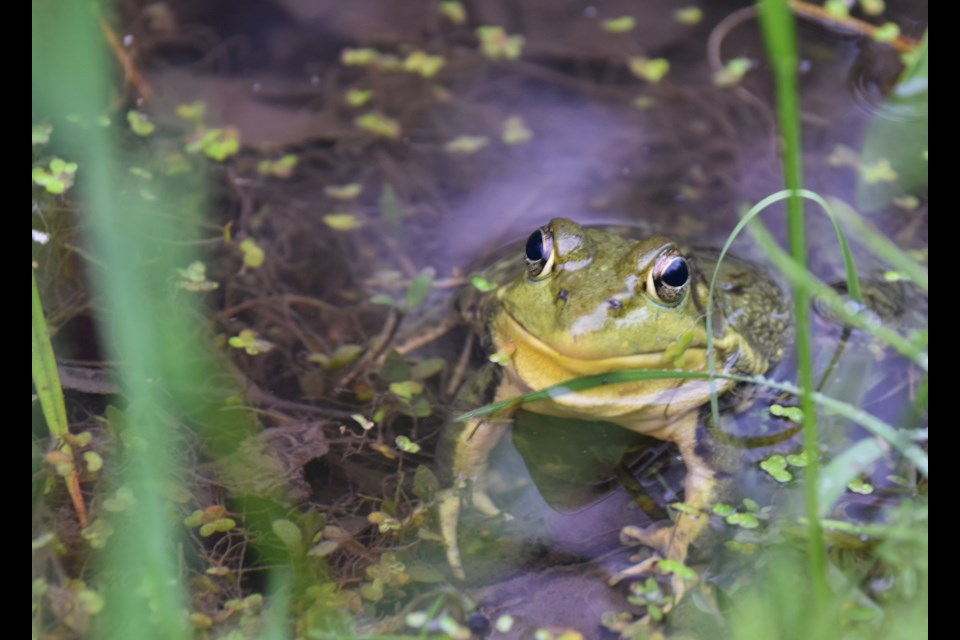Residents were outraged to learn, as first reported by ThoroldToday, that a protected wetland/woodland complex, home to chorus frogs, was razed by a developer. They were even more outraged when they discovered, in a subsequent news story, that the city's engineering department approved the destruction.
That's the problem when you put engineers in charge of ecology: an environmental disaster waiting to happen.
The city’s engineer said the work was authorized to remove some dead trees. First: dead trees, known as snags, are an important part of natural areas, providing habitat and food for many types of animals, and should be left standing unless they pose a hazard. If they pose a hazard, there are ways to remove them carefully, or to remove the crowns and leave trunks standing, without bulldozing a wetland filled with hibernating frogs, and levelling all the trees on the site.
He also said they plan to put “living trees back in the same location.” What trees? Will they be native trees from local seed sources? How long will it take for the replaced saplings to provide the same benefits of the trees that were removed? Will our children live long enough to experience them?
He also said: "I have drawings here of what the frog pond is going to look like after we’re done.” I'm sure the drawings are a great comfort to the wildlife that now lies dead under the bulldozed pond.
The hubris of humans to think we can simply replace something that nature has taken, in some cases, thousands of years to create! We thought the biodiversity offsetting war had been fought and won in Niagara. Clearly not.
Also, the developer plans to put in a stormwater pond right next to the frog pond. Stormwater management ponds, which collect runoff from pavement in urban areas, are full of contaminants and pose a toxic hazard to wildlife that are attracted to them because we've bulldozed every natural site.
It is high time municipalities employ ecologists. Some progressive cities have well-staffed environmental departments. If they exist in Niagara, even at the Regional level, we are unaware of them.
We need to employ ecologists, biologists, environmental policy experts and urban foresters like we employ engineers and planners. And they need to work in their own team, not sit alone in a sea of engineers and planners. Their sole focus should be to develop policies and protections for our ever-diminishing natural environment.
This isn't about one frog pond. It's about the thousands that have been levelled and that will continue to be levelled. It's about the tens of thousands of trees we continue to lose every year as we expand roads, put in new infrastructure and continue the relentless building out of our communities.
We are pushing nature to the brink—and with floods, storms, drought, sea level rise, a dangerously warming earth, new pathogens and pests, it has begun to push back.
Liz Benneian is the founder of Biodiversity and Climate Action Niagara, a collective of environmental groups and citizens that advocates for proven best practices and policies to protect local biodiversity and combat climate change. The opinions expressed in this guest editorial do not necessarily reflect those of ThoroldToday.
